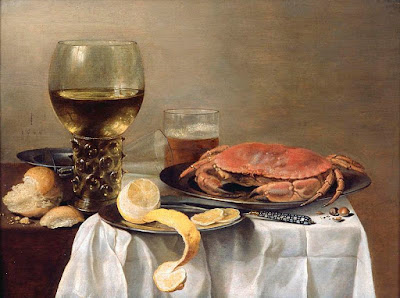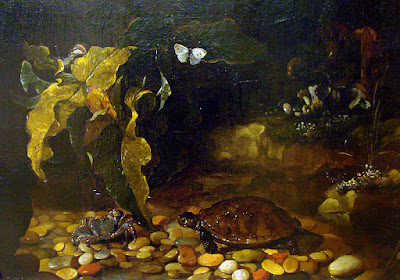| © Cleo @ Classical Carousel |
Well, it looks like summer has finally arrived. We’ve had temperatures close to 30C (90F) some days, however the temperature has also dipped into the teens, so it’s still somewhat unsettled and colder than normal.

 |
| © Cleo @ Classical Carousel |
Ugh! I don’t know how else to say it. Most of April was rain and not just regular rain, but capricious rain. It would pour and then stop, sprinkle a little and then stop, be sunny for not very long and then stop, because mother nature must know how torturous it is to have fleeing views of that warm golden orb before it is snatched away and the rain continues. I do realize that we live in a rain forest, but seriously, it can become ridiculous! Fortunately the last week has seen less rain and more fleeing glimpses of the orb so I’m going have a positive outlook for May. Work with me, okay …… 😉
| © Cleo @ Classical Carousel |
Well, perhaps I’m exaggerating. I have seen crocuses pressing out of the soil, and the tiny promise of buds on some of the bare trees, but we certainly have seen little sunshine to herald the coming of this spring month. Today it’s rainy heavily and rather grey, but nevertheless, this last month brought some new experiences and new adventures!
For April Poetry Month, I’ve been hunting for a poem, a haiku that I wrote when I was fifteen to post here as a personal poetry selection. Well, so far I’ve had no luck finding it, but while searching I found a poem written by my daughter, modelled on the epic, Beowulf, so I thought I would post it instead. She wrote it in grade 5.
Since trying to follow the Anglo Saxon meter (which goes by stress-count [stressed syllables] rather than syllable count, which would be two main stresses in each half of a line) was beyond her at that time, instead she focussed on alliteration and kennings.
Kennings create expressive imagery, using compound words and phrases that identify nouns. They are often colourful to generate evocative images in the mind of the reader. Because of their usual quality, kennings help the listener/reader to remember important happenings or people and also were used to avoid superfluous repetition, making the poem more developed and creative.
And as to the answer to the riddle, you can find it in the following paintings:
 |
| Nature morte au crabe (1643) Pieter Claesz source Wikimedia Commons |
 |
| Breakfast with a Crab (1648) Willem Claeszoon Heda source Wikimedia Commons |
 |
| Still Life (1655-59) Pieter de Ring source Wikimedia Commons |
 |
| Tortue et crabe (c. 1656) Paolo Porpora source Wikimedia Commons |
 |
| Still Life with shrimps and crabs on a tin plate (1641) Alexander Adriaenssen source Wikimedia Commons |
 |
| Albrecht Dürer source Wikimedia Commons |